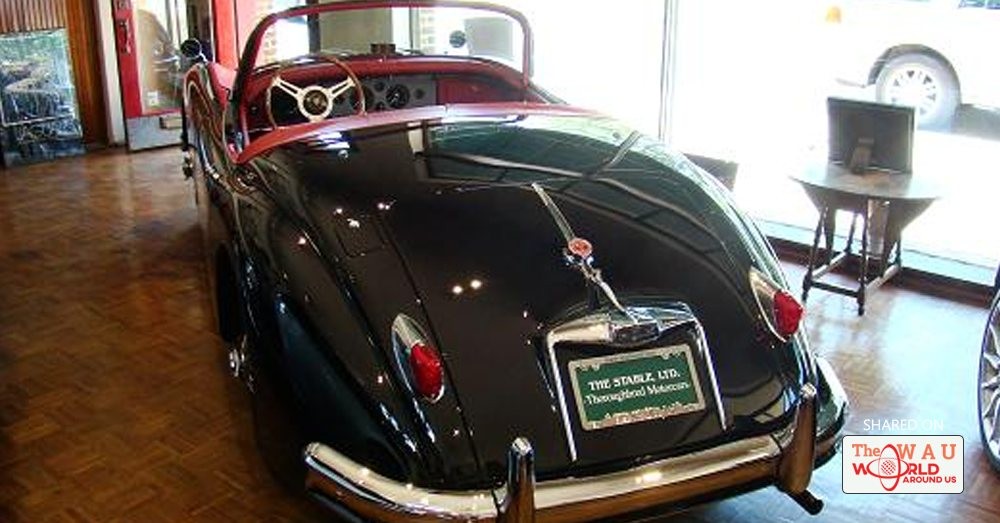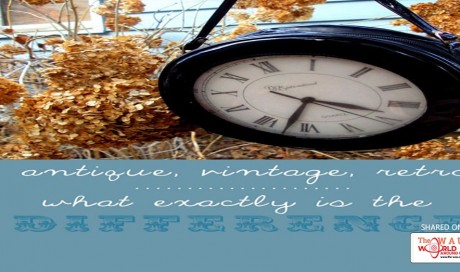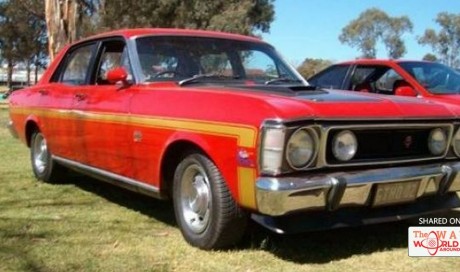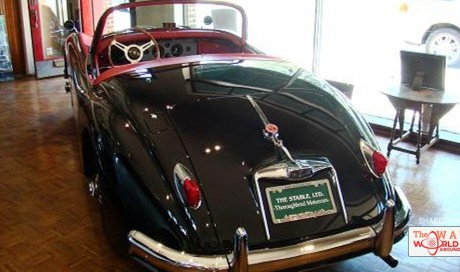There's an unusual market in the throes of a raging bull run — one that's not afraid of Federal Reserve rate hikes.
Autumn normally sees a rush of new cars sales, as dealers look to shed current inventory to make room for next year's models. With that in mind, vintage automobiles have emerged as a highly profitable asset class, yielding 8 percent on an annualized basis in the second quarter of this year, according to the Knight Frank Luxury Investment Index, which closely tracks so-called "passion" investments.
It's a hot market indeed: Data from the Historic Automobile Group International show rare collectible cars have actually outperformed the S&P 500 Index by nearly eight times from 2005 to 2015. Last year, total classic car sales in North America topped $1.45 billion, according to the Hagerty Group, which sells classic car insurance.
Experts have mixed feelings about whether cars are a legitimate investment. Yet judging by the enthusiastic buying at vintage auctions like Barrett-Jackson — which moved more than $32 million in collectibles last week amid a record number of bidders — and Russo and Steele, the payoff can be sizable for some investors, many of which are baby boomers.
Tom Rossiter, owner of The Stable, a vintage car dealership in New Jersey, described the market for vintage cars as either feast or famine, and sometimes contingent on economic conditions.
"When the stock market crashed in 1987, the collectible car market went up, and were really busy for the next three years. But after the 2008 [financial crisis], our phones were quiet for almost two years," Rossiter told CNBC in a recent interview. "It got so bad that we asked the phone company to check our lines. After two years, it went up again, and it's been fairly steady ever since."
Not just for your grandfather anymore

Boomers grew up in an era when American cars symbolized the vitality of the nation's culture and economy, and foreign car manufacturers like Ferrari were producing some of their most iconic models. Vintage car dealers like Rossiter actively court this crucial market segment.
"Our mainstay customers use to be men in their 30s and 40s, but in the last few years we've sold a lot of cars to older men in their 70s and 80s," Rossiter said, adding that he has a good number of female clients as well.
Hagerty's data show that the most torrid segment of the vintage car market are models constructed from 1980 through the early 2000s, with Porsches, Aston Martins and Ferraris among the most sought-after brands showing double to triple-digit percentage price appreciation. Although boomers are the biggest buyers, younger buyers are gravitating to the market.
"The market is still growing, but at a slower rate than we have witnessed in the past three years," said McKeel Hagerty, CEO of Hagerty.
"The notable exception is rapid growth among younger buyers who have entered the market and are exercising their buying power by spending on the poster cars of their youth," Hagerty said. "A new era of later-model performance cars from instantly recognizable brands have irrefutably proven that the term 'collector car' is not synonymous with 'old car.'"
Passion and aspiration are common traits among vintage car buyers. "For some, that passion represents a chance to recapture their lost youth. As Rossiter describes, "We've had a lot of guys come in here over the years and say, 'I've wanted that car since I was a kid!' The difference is that now they can afford it."
Still, others are enthusiasts whose passion resides in the craftsmanship and joy of owning and driving vintage cars.
Clark Lance, an executive at luxury car maker Lexus, falls into that category. Lance, who owns vintage brands like a 1964 Lotus Elan and a 1948 MG, inherited his love of cars from his father, who began to buy and race cars after returning home from World War II.
"In the 1950s, there was a resurgence of interest in European sports cars," the New Jersey resident said, "and this fueled the growth of European automakers because the war wiped out the European market, and it hadn't really recovered. So European companies like Ferrari, Porsche, Lotus and Jaguar began to aggressively market and sell cars in the USA."

For some buyers, however, passion also means investing. These buyers may represent a small percentage of actual customers — Rossiter estimated they account for around 10 percent of his customer base — but they can have a sizable influence on the market due to the type and costs of cars they purchase.
"Very few people buy vintage cars to stash them away in a vault," Rossiter said. "Most people want to display them, show them to their friends, and enjoy them." As a result, and depending on the perceived value, some of his cars sell for a hefty profit while others barely break even.
"A car doesn't have to be old to be considered 'vintage,' and it certainly doesn't have to be expensive," he said. "People buy cars for all kinds of reasons. One guy might want a 1955 Ferrari, while the next guy is looking for a 1974 AMC Gremlin, and the price-point between the two is huge. What they have in common is the feeling they give to the buyer. And that's where we come in."
The most desired brands run the gamut, from Mercedes-Benzes, Rolls-Royces and Bentleys, according to Frank Knight figures, and experts say it's largely in the eye of the beholder.
"Owning, buying, even selling vintage cars is a labor of love," Rossiter told CNBC. "And so far, that love has been pretty good for business."
Share This Post














